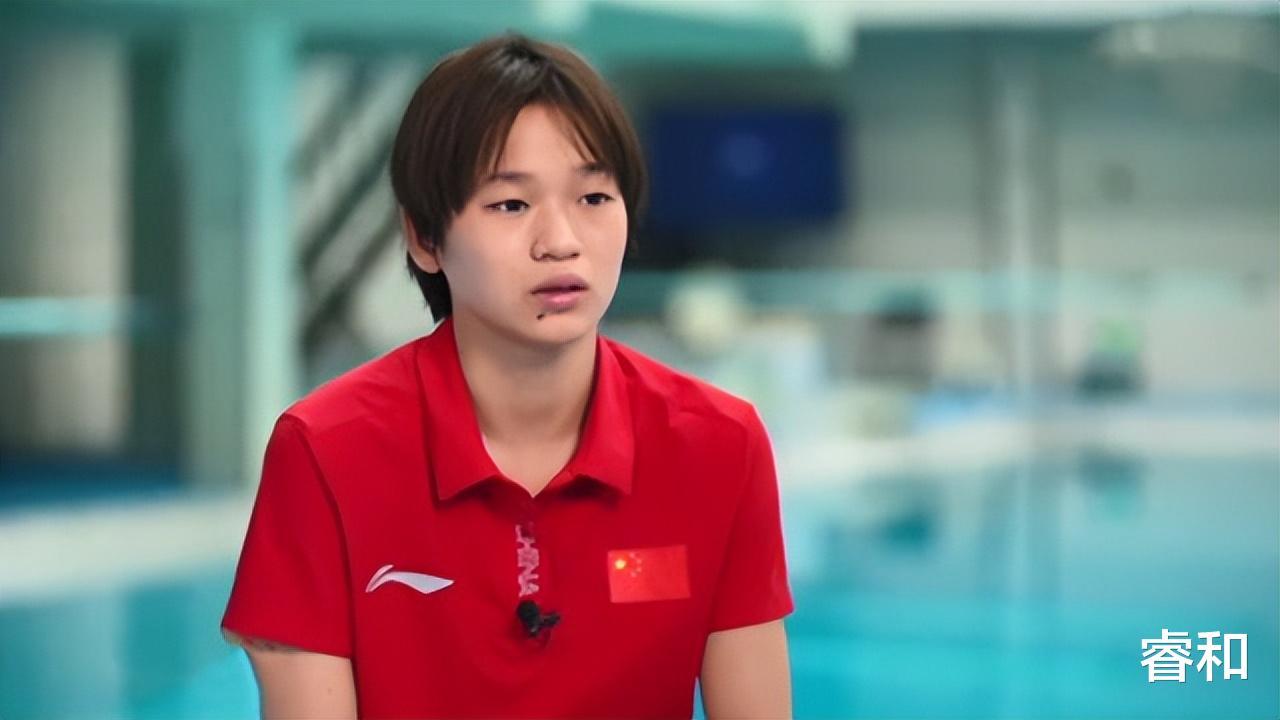Quan Hongchan won gold medals in both the women's individual and synchronized 10-meter platform events at the Paris Olympics, which has sparked curiosity among many about how much prize money she would receive for her achievements.

The answer is 1 million yuan. Some might think this is a small amount, but let me explain.

The prize money comes from the unit, specifically the General Administration of Sport of China, based on national policies for athletes. Provincial-level and social enterprise contributions are considered bonuses, not prizes. This distinction is important to understand.

When people ask about the prize money, they usually consider various sources. Let's break it down:

-
National Sports General Administration: 1 million yuan
According to China's reward rules for Olympic athletes, each gold medal earns the athlete a 500,000 yuan reward. Quan Hongchan's two gold medals thus amount to a 1 million yuan reward.
-
Guangdong Province: 2 million yuan
After the Olympics, Guangdong Province rewarded outstanding athletes with an administrative commendation called "Major Merit." This includes Quan Hongchan and other coaches who contributed to sports. While the exact reward amount isn't specified, previous Olympics saw athletes receiving 1 million yuan per gold medal. It's likely that Quan Hongchan received 2 million yuan for her two gold medals.
-
Zhanjiang City: 500,000 yuan
Quan Hongchan's victory not only brought fame to her hometown village of Maihe but also increased the visibility of Zhanjiang City. The city government quickly shared the news and decided to reward her with 500,000 yuan.
-
International Olympic Committee (IOC) and International Swimming Federation (FINA): Approximately 80,000 USD (about 560,000 yuan)
In the men's high jump event at the Paris Olympics, two athletes could have shared the championship, but the American athlete disagreed because sharing would reduce his reward from FINA from 50,000 USD to 25,000 USD. For exceptional Olympic performances, the relevant international federation (diving falls under FINA) and the IOC provide monetary rewards. Quan Hongchan's two gold medals earned her approximately 80,000 USD from the IOC and FINA, equivalent to 560,000 yuan.
-
Ho Ying Tung Sports Foundation: Approximately 1.06 million yuan
In the 1980s, Mr. Ho Ying Tung donated 100 million HKD to establish the "Ho Ying Tung Sports Foundation" to honor outstanding performances by athletes from Hong Kong and mainland China in international competitions. This Olympics, the foundation awarded gold medalists a 1000-gram gold medal and 80,000 USD (not counting the number of gold medals), totaling about 1.06 million yuan. -
China National Sports Foundation: Monthly 6,000 yuan until death, at least 4 million yuan
The China National Sports Foundation provides the most substantial yet modest and low-key rewards. They offer a lifetime monthly pension of 6,000 yuan to gold medalists at the Paris Olympics, payable until their death, amounting to over 4 million yuan. -
Hongqi and GAC vehicles: Approximately 800,000 yuan
Prior to the Paris Olympics, Hongqi Automobile announced rewards for Olympic athletes: one Hongqi EH7 car for each medal won, currently priced above 300,000 yuan. Quan Hongchan's two gold medals earned her two cars, valued at over 600,000 yuan. GAC Aion also gifted a car to Quan Hongchan, worth about 200,000 yuan. The total value of the two Hongqi cars and one GAC car is around 800,000 yuan.
Additional social institutions and enterprises may also provide rewards. For instance, after the Tokyo Olympics, a real estate company from Quan Hongchan's hometown offered her a house and a shop, which she declined.
Based on the known information, Quan Hongchan's two gold medals at the Paris Olympics are expected to bring her over 10 million yuan in rewards. However, some of these rewards will be shared with her coaches and supervisory units.
Some people might feel envious upon hearing this figure, but remember that not everyone can become an athlete. It requires rigorous training and natural talent to reach world-class levels. Moreover, many athletes suffer lifelong injuries after retirement, affecting their quality of life.